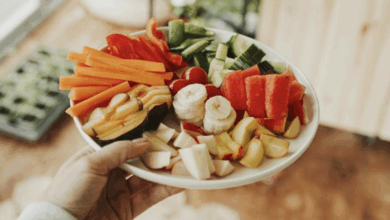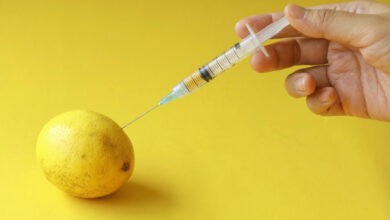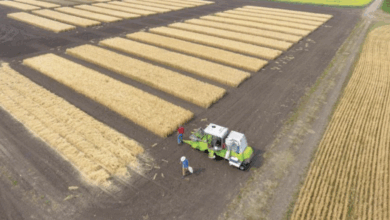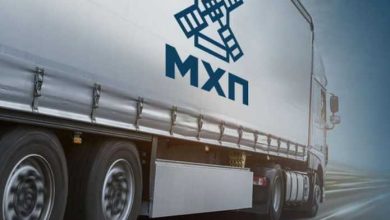Restraining factor. Why do not Ukrainian agrarians hasten to trade with Europe?
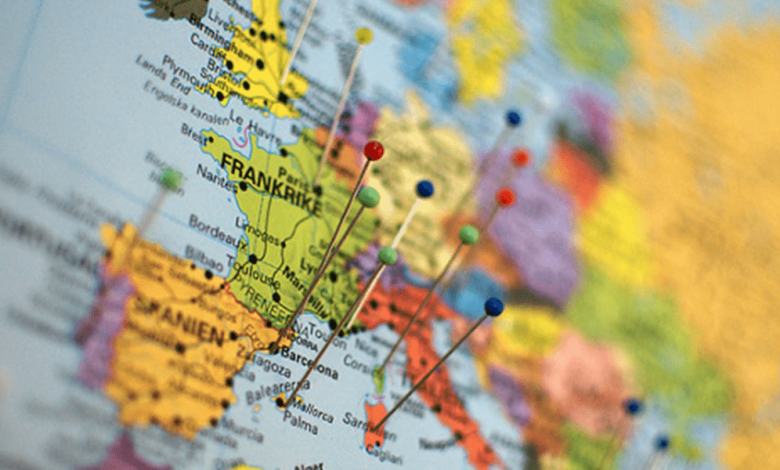
Less, but sweeter
It is unprofitable to sell Ukrainian sugar to EU. “The price for it is the same as in EU”, says the general assistant manager of “Ukrprodinvest” company Anatoliy Shulga. A kilogram of sugar costs approximately 17 UAH in Ukraine. It is not much more expensive in Europe, 1 Euro. Taking into account logistic cost, Ukrainian sugar cannot compete with one produced in EU. Now sugar is exported to Europe by only two companies, the top player of the market “Astarta” company, owned by Victor Ivanchuk and Lvov enterprise “Radechov- sahar”, partially owned by German company “Praifer & Langen”. Other businesses cannot undergo EU standards certification. There is no institution to issue the certificate. The Sugar Production Research Institute has been paralyzed for three years due to lack of funding. As a rule, Ukrainian sugar is industrially processed or used in syrup production because of its low quality. It is predicted by “Astarta” that in 2015-2016 marketing year sugar production will decrease in Ukraine. Taking into consideration the surplus there will be a balance of demand and supply on the domestic market. Ukrainian sugar will be sold mainly inside the country.
Lamb’s Dilemma
Some quotas are not used because our agrarians do not produce enough of the product. Europe is ready to import 1500 tons of mutton every year duty-free, but our farmers are not ready to provide even this amount yet. “Local agricultural producers cover domestic demand for only 17%, so we have nothing to export”, states the Euro Integration Deputy Minister of Agrarian Policy, Vladislava Rutitskaya. 80 farms grow sheep in Ukraine, whereas only five have flocks from 2000 to 5000 animal units.
Export of mutton makes new opportunities for medium and big business in Ukraine. The number of Muslims in Europe is growing and they prefer just this sort of meat. Our agrarians do need investments. If we want to export to Europe, we should build a farm of 5000 animal units minimum. “$500 000 – $600 000 should be invested in such project”, the owner of “Agro Capital Ukraine” farm Dmitriy Savchuk has counted. He claims that Ukraine will not be able to fill the quota for mutton in the upcoming years, though the price for this kind of meat in EU is very attractive.
There is one more obstacle between the manufacturers and European market – our agrarians should undergo the certification according to EU quality standards. For example, no one of the mutton producers has ever gone through these procedures. “It is easy to breed sheep in Ukraine, but there is a problem with slaughterhouse certification”, explains Savchuk.
Quality check
Ukraine has not received the final EU approval for dairy products export yet. One year ago, EU Food and Veterinary Office examined five Ukrainian dairy manufacturers. The report says that three of them have the EU market perspectives. Now this report should be included in the EU Commission confirmation agenda. The dairy manufacturers anticipate not only the possibility of their products export to EU (it is a very competitive market and the prices for milk are lower), but production safety and quality confirmation. It will allow them to export to Asia with “Made in Europe” label. Generally, our producers will be able to export mostly butter and milk powder to EU. Europeans will hardly like Ukrainian cheese.
Disputable profit
It is of no profit to sell some processed products even in terms of quotas. The quota for 2500 tons of cigarettes supply is not used. Many tobacco companies have factories in Europe. “In order to increase the output, we would invest in upgrading and purchasing new equipment in Ukraine, says the director of corporate department. Moreover, if we want to use quotas, we have to undergo the certification, proving that all raw materials that we use are made in Ukraine”.
Europeans willingly import the goods the production of which in EU is not ample. For example, a quota for 5000 tons of honey was used up literally in a few days at the beginning of 2015. Ukraine is number one honey producer in Europe. Beekeepers harvest about 75000 tons of this valuable product annually, 26000 tons were exported to EU countries in 2014. According to the Chairman of the Management Committee of “Ukrainian Beekeepers Union” Tatiana Vasilkovskaya, honey costs $1.5 per kilo on the domestic market. Traders sell it for $2 – $3 per kilo on average. Nevertheless, our price is lower compared to our main competitors: Argentina, India and Vietnam, moreover, geographically Ukraine is much closer to the EU market.
Europeans also buy Ukrainian poultry; the quota for it is also used up. Two companies have received poultry supply rights, the market leader “Mironovskiy Hleboproduct” owned by Urii Kosuk and “Agromars” complex owned by Evgeniy Sigal. The total chicken consumption in EU was 13.6 million tons in 2014. It has been growing by 250000 tons annually since 2009. On the whole 3.68 tons of poultry are consumed in RF every year. European market is perspective. However, European quotas are only a drop in a bucket for these two largest companies. Altogether, Ukraine produces about 1 million tons of poultry annually, but it can export 20 000 tons by quotas. It is not profitable for Ukrainian poultry manufactures to export chicken with European Community Duty paid. The duties are very high, from €1.5 to €2.5 per kilo. Because of that, “Mironovskiy Hleboproduct” considers a possibility of buying a facility in Europe.
Turkey producers do not even consider a possibility of approaching European market. Their businesses will hardly undergo the certification. If chicken producers have built new poultry farms, turkey producers have chosen to modernize the old ones. But they do not always satisfy the EU standards. It is easier for them to work at Asia and Africa markets.
European quotas cannot compensate the loss of the Customs Union market to Ukrainian agrarians. Even though the export to EU has increased by $300 million up to $4.8 billion, Ukrainian agribusiness lost more than $1.1 billion due to the CIS market loss. The countries of Asia became the major market outlet for Ukrainian agricultural producers. In 2014 export to Asia increased by 9.9%, up to $6.6 billion.
From January 1, 2016 an agreement about free trade zone with EU enters into force. However, the export conditions in EU will not be changed for Ukrainian agrarians, duty-free quota volumes will remain the same.



